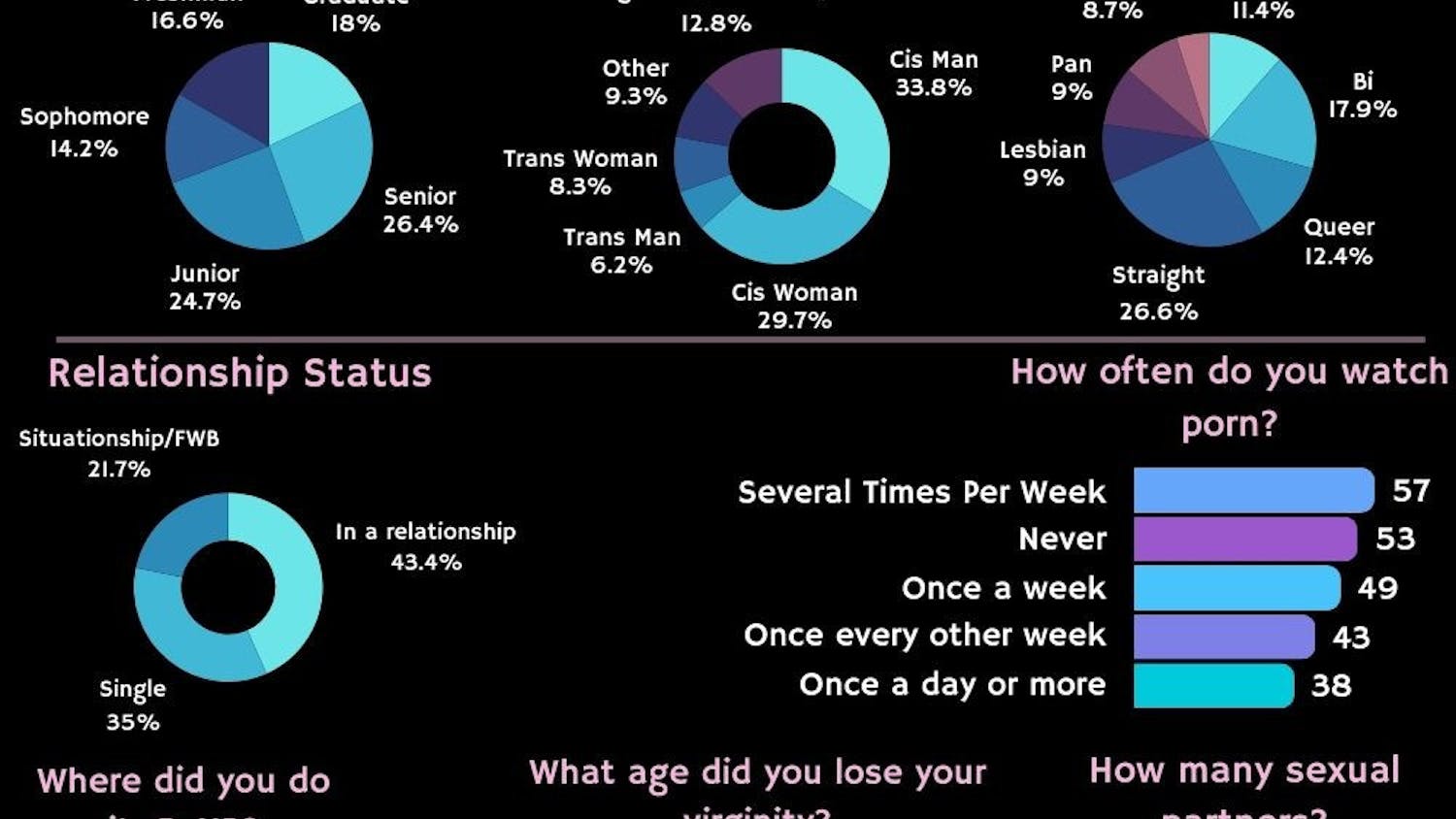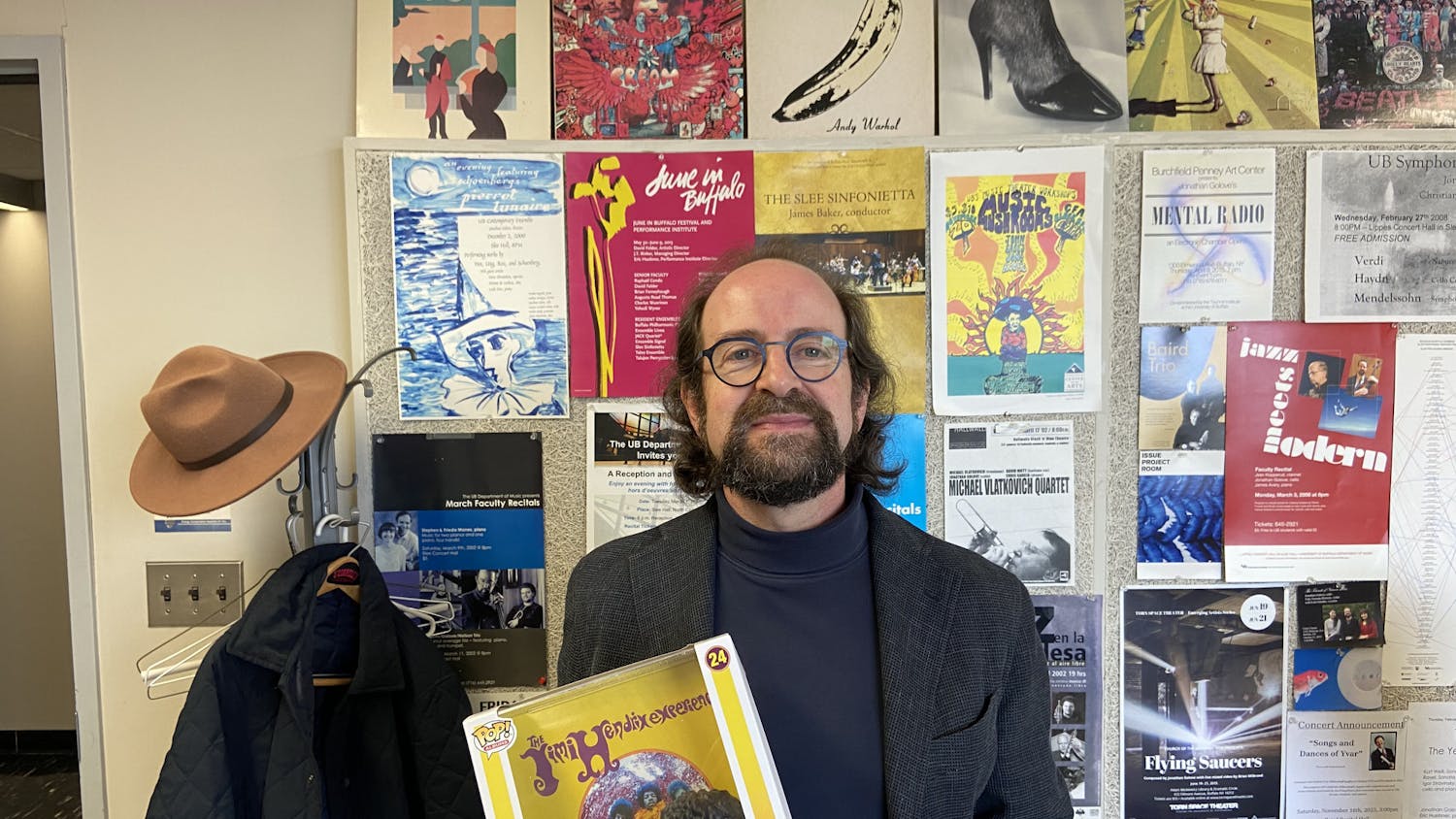Communication students can expect a new curriculum in 2015, according to Lance Rintamaki, an associate professor in the Department of Communication.
The university currently has a Research 1 (R1)communication program, which means UB's communication department focuses more on research than other schools, Rintamaki said. This sets the school apart from other universities, but, according to Rintamaki, it's still hard for students to stand out in the workplace. He said the new program gives UB "the potential to be the foremost communication department in the state."
The department currently has approximately 400 declared majors, according to Thomas Feely, a professor and the chair of the communication department, but many more are expected to join within their collegiate careers.
These students become competitors against one another after they graduate.
"The question becomes: How do you stand out?" said Michael Stefanone, a communication professor.
UB's communication department offers students a variety of subjects to explore as well as research opportunities for those yearning for more. Students can create their own pathways of learning.
The field's wide range of subjects, however, poses a problem. Because of the broadness of communication, students can become confused about which industry they would like to pursue.
In contrast, some employers are flustered with communication majors. The No. 1 complaint of employers is poor writing skills, according to Rintamaki. Some believe the antiquity of the communication curriculum presents a limitation to students.
The major currently focuses on interpersonal, mass-mediated and organizational communication. The new curriculum for communication has addressed many issues, according to Rintamaki.
"What we do in this degree is designed to benefit both their personal and professional lives," he said.
The new curriculum has been thorough in its design. Four separate studies were conducted in order to narrow down what was needed for the new curriculum.
One study interviewed 330 current undergraduate communication students about the positive and negative experiences they've had with the major. Another study focused on the faculty. The professors were asked about what they would teach if they were given no constraints.
The department then asked recent graduates what they took from the program as well as what they wished the major had prepared them for. They focused on what helped these students get and excel in their jobs as well as what skills they lacked in the workforce.
The last study asked approximately 230 professionals in the field about what they were looking for in students, how to make students stand out from their competition and what core knowledge they thought would be valuable to the workforce.
The new plan will modernize the program by basing it more on field and faculty research, Feely said. This research will be cutting edge. The idea is to teach the students the "core components" of communication in ways that can benefit students individually and professionally, Rintamaki said.
Though he was not as heavily involved in the design as Rintamaki or Feely, Stefanone has sat in on preliminary meetings regarding the new curriculum and he is pleased about the change.
"We haven't changed our curriculum in a long time," Stefanone said.
The department is now catering the curriculum to employers' needs, according to Stefanone. He is also excited about the new focus on faculty research.
"Research is fundamental to expose students to how the process works," Feely said.
Thirteen faculty members currently have a research requirement for their students, according to Feely.
"It's a rare experience," Feely said, adding that not many schools produce the magnitude and quality of research that UB does.
The program will also involve new requirements, such as studying abroad, internships, capstone courses or an independent study with a professor. This is because employers are looking for students with unique experience, Rintamaki explained.
A mock trial course and comedic course are two examples of classes that could be added for experiential learning, according to Rintamaki.
Other courses will help students realize how they are presenting themselves to others across the globe. For example, a new class will be centered on social media use and websites.
email: features@ubspectrum.com




